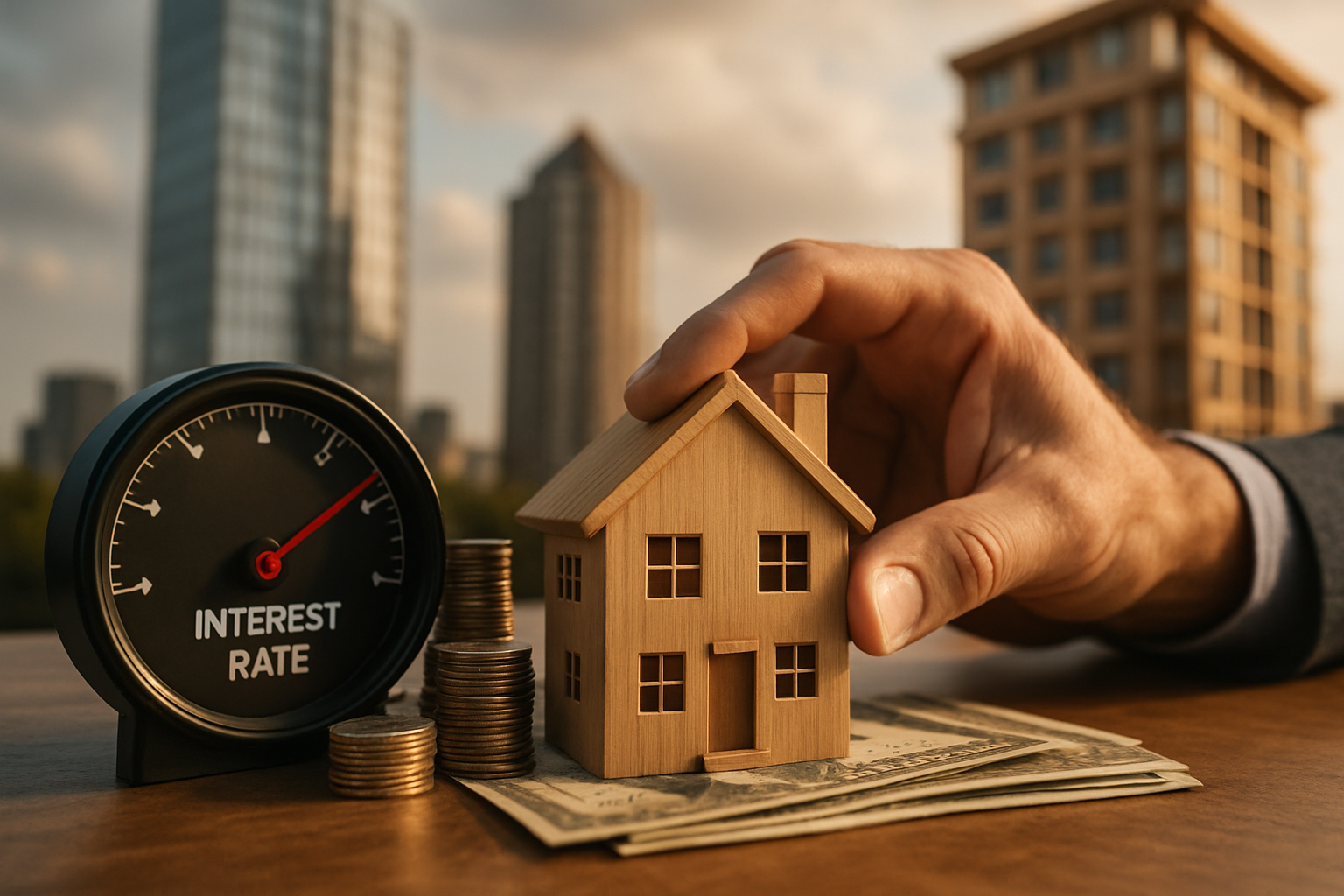Home Value Explained: A Complete Property Valuation Guide
Discover what determines a home's worth and how to assess it. This comprehensive guide explains professional valuation methods, the role of market forces, DIY estimation tools, and practical ways to increase property value. Learn which appraisal services to consider and what costs to expect when valuing your home.

Home Value Explained: A Complete Property Valuation Guide
How professionals determine a home’s worth
Licensed appraisers and experienced real estate agents combine several proven methods to arrive at an accurate home value. One of the most common tools is the comparative market analysis (CMA), which examines recent sales of nearby, similar properties to establish a market-based price range. Appraisers also frequently apply the cost approach, which estimates how much it would cost to replace the structure today, minus depreciation. For income-producing properties, the income approach — projecting expected rental income and applying capitalization rates — is often used.
Beyond these frameworks, professionals conduct on-site inspections to evaluate condition, upgrades, lot characteristics, and any features that affect livability or resale appeal. Local market knowledge and recent sales trends are woven into the final opinion of value, ensuring the figure reflects both objective measures and neighborhood realities.
Can homeowners produce a credible estimate on their own?
Homeowners can get a useful ballpark figure using online valuation tools and public records, but these estimates have limits. Automated valuation models (AVMs) used by sites like Zillow or Redfin aggregate public sales, tax assessments, and other datasets to generate instant values. They’re fast and free, making them a convenient starting point.
However, AVMs may miss crucial details: recent renovations, unique floor plans, property condition, or small lot nuances that materially affect price. They also struggle to adjust for micro-market shifts within a neighborhood. For a more reliable assessment short of a full appraisal, consider requesting a comparative market analysis from a local agent or scheduling a broker price opinion if you need more tailored insight.
How broader market forces shape property values
Home values rarely exist in a vacuum. Supply and demand dynamics in the local real estate market are primary drivers: when buyer demand exceeds available inventory, prices typically rise; when supply outstrips demand, values can level off or fall. Interest rates are another major influence, since mortgage costs affect buyer affordability and purchasing power.
Macro-economic indicators such as employment levels, wage growth, and regional economic development also inform property values over time. Even seasonal trends and buyer preferences — for example, increased interest in energy-efficient homes or home office space — can influence how different features are valued by the market.
Practical ways owners can increase property value
Owners who want to boost resale value should focus on improvements that appeal to a broad pool of buyers and deliver strong returns on investment. High-impact projects often include:
- Kitchen updates: modern appliances, countertops, and functional layouts tend to command higher offers.
- Bathroom remodels: refreshed fixtures, vanities, and lighting make bathrooms feel newer and more attractive.
- Energy efficiency upgrades: new windows, insulation, programmable thermostats, and efficient HVAC systems appeal to cost-conscious buyers.
- Curb appeal: landscaping, a fresh coat of exterior paint, and a maintained driveway create a strong first impression.
It’s also important not to over-improve for the neighborhood. Research comparable homes in your area and target upgrades that match or slightly exceed local expectations rather than outspending the neighborhood ceiling.
Professional valuation services and what they provide
When an official or detailed valuation is needed, several service types are commonly used. Each has different purposes, thoroughness, and typical cost ranges.
| Service Type | Provider | Key Features | Cost Estimation |
|---|---|---|---|
| Full Appraisal | Licensed Appraiser | Comprehensive report, on-site inspection, lender-grade documentation | $300 - $600 |
| Comparative Market Analysis (CMA) | Real Estate Agent | Local market perspective, sales comparables, less formal than an appraisal | Often free or low-cost |
| Online Valuation | Zillow, Redfin and other AVMs | Fast, automated, based on public data and recent sales | Free |
| Bank Valuation | Mortgage Lender | Used for loan underwriting and collateral assessment | $300 - $500 |
Prices, rates, or cost estimates mentioned in this article are based on the latest available information but may change over time. Independent research is advised before making financial decisions.
Choosing the right approach for your needs
If you need an authoritative value for lending, estate settlement, or legal matters, a full appraisal by a licensed appraiser is usually required. For pricing a home to sell, a CMA paired with a professional walk-through often provides the balance of accuracy and practicality many sellers prefer. For curious homeowners who want a quick snapshot, online AVMs are useful starting points but should not replace expert guidance.
In all cases, understanding local market trends, clearly documenting any improvements, and consulting professionals when necessary will help you make informed decisions about one of your most valuable assets. Whether you aim to sell, refinance, or simply monitor equity, combining data-driven tools with local expertise gives you the clearest picture of your home’s current worth.






